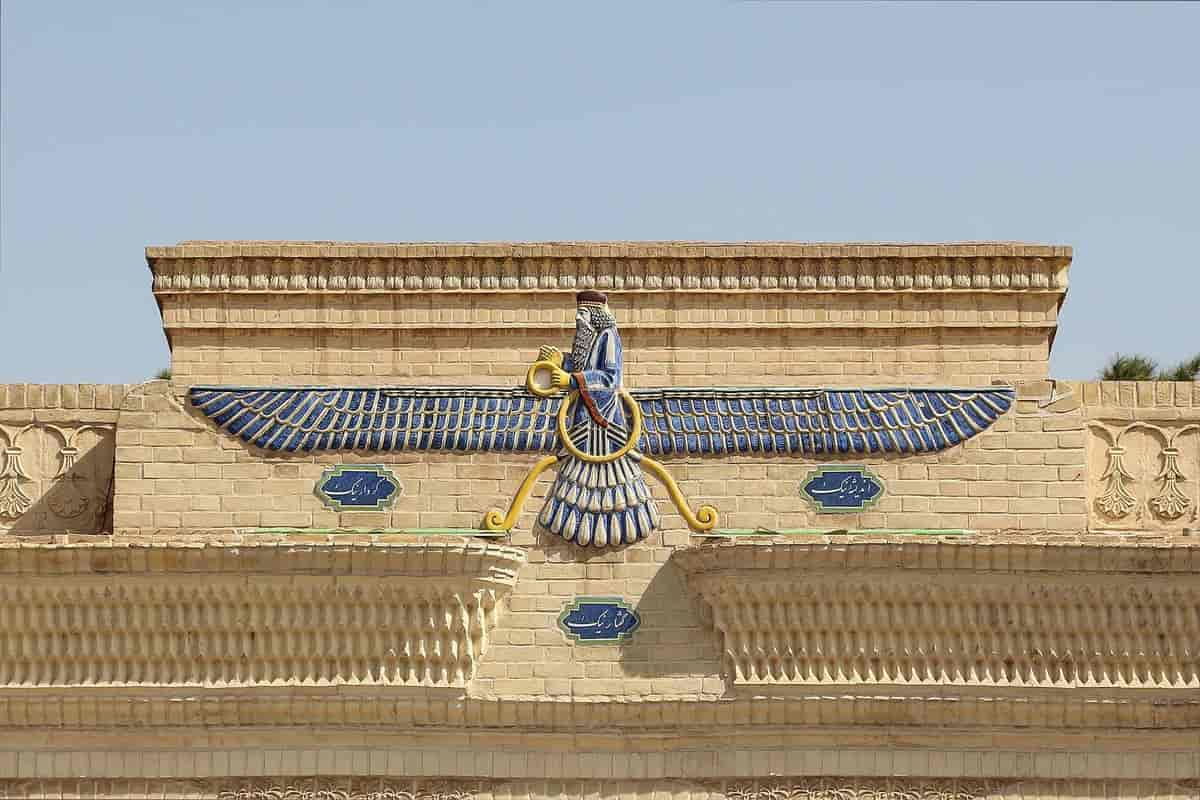Zendabesta is the name of the main scripture of the ancient Zoroastrianism (or, Persians) of Iran. It is also sometimes called the Avesta, which is written in the Avestan language . This language is as old as Sanskrit, the language of the Vedas.
Some more information about Zendabesta
Avesta means principle or, foundation. Zoroastrians, like Hindus , claim that it is the oldest religion. These writings came to European researchers much later, around the eighteenth century . The supreme deity of Zendabesta or, God's name is Ahur Mazda.
Zendabesta also gave the concept of good, evil, heaven, hell and resurrection like Muslims. Those who are interested in reading this book can read it from here. The form of the original book, written between 224-651 AD, is still available. We know about the Miraj Gama of the Prophet of Islam, Hazrat Muhammad (PBUH). By reading the Avesta you will also learn about Arda Viraf's philosophy of heaven and hell .
At the beginning of this book is written a word. That is - "Beginning in the name of the Creator". The author of this book presents himself as a worshiper of Mazda . Let me share a sentence from this book with you-
I praise good thoughts, good words, and good deeds and those that are to be thought, spoken, and done. I do accept all good thoughts, good words, and good deeds. I do renounce all evil thoughts, evil words, and evil deeds
What is the Parsi religion?

Persian religion, Persian religion or Persian religion refers to the ancient religion of the people of Persia. It can also be called Zoroastrianism. This religion was the official religion of ancient Persia. It is believed to have been established around 650 BC . Later, Judaism and Christianity came to Persia. Let's know the answers to some more questions about them-
Question: Are the Persians Arab?
Answer: Many people confuse this with the Middle East. History tells us that the Persians were not Arabs at all. They were a separate nation. Those who think so are wrong, they are not Arabs.
Question: What did the Persians actually believe?
Answer: Their main belief is monotheism, the founder of this religion is Zoroaster or Zoroaster. Their scriptures contain many passages which are found in the Gent Avesta, written in Avestan. Various rituals are the focus of this book.
Question: Which countries are called Persians?
Answer: Persians and Iranians are not the same, but Persians are mostly Iranians. Besides Afghanistan, Tajikistan, Uzbekistan, Turkey, Iraq and some other countries are called Persian. Although the people of this region are of slightly different ethnicity, they have Persian links.
Q: What language did the Persians speak?
Answer: Farsi or Persian is the language of Persians. The language comes from the Indo-European and Indo-Iranian language groups. This language is the most common among these language groups.
Question: Who is the creator of Parsi religion?
Answer: The creator of Parsi religion is called Ahura Mazda. They believe in this One Creator. In addition to the Creator, this religion also has the concept of the spirit of destruction or, the spirit of Satan. The spirit of Satan is called Angra Mainu.
Followers of the Parsi religion in India
I don't know whether followers of this religion can be seen in Bangladesh, but it can be seen in India. In a Deutsche Welle report in the German press, I saw that there was an exhibition on the life, culture and religion of the Parsi community in Calcutta, called the current tradition .
It is believed that they escaped to India by sailing ship from Iran to protect their religion and traditions. They are also known as fire worshippers. People of other religions are not allowed to enter the fire temple.
Zendavesta and Vedas
Both scriptures are written in two branches of ancient Indo-Iranian languages. There are many linguistic similarities between these two books. Besides, an essayist of Indianexpress found similarities in the type of book. There the god Indra is made a villain, the name of the demon is similar to Ahura.
Both texts claim to be Aryans. By observing the similarity of the two texts, it can be assumed that both these texts came from the same type of people. Iranian Aryans may have had some connection with Indian Aryans.




No comments